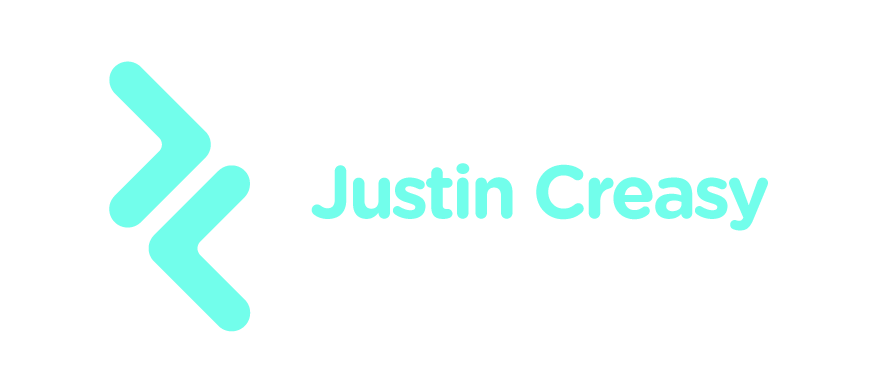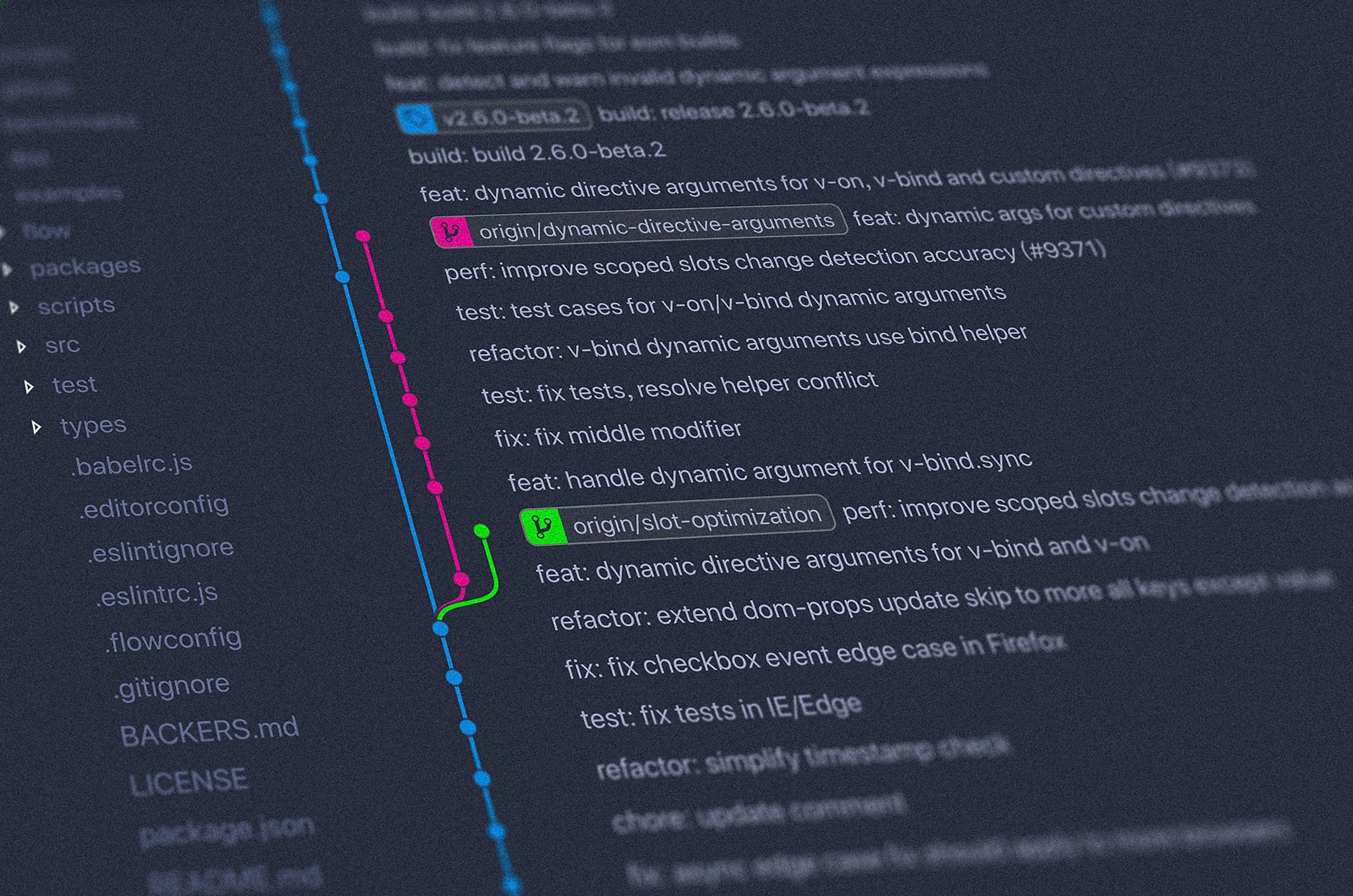In the fast-evolving landscape of design, having the right tools can make all the difference. The best UI/UX design tools empower designers to create intuitive, engaging, and user-friendly interfaces. As businesses increasingly prioritize user experience (UX) as a critical success factor, these tools help streamline the creative process, allowing designers to focus on what they do best: crafting exceptional user journeys.
Why the Best UI/UX Design Tools Matter
In today’s digital-first world, a seamless user interface (UI) and user experience can significantly impact a brand’s perception. By leveraging top-notch UI/UX design tools, designers can swiftly translate ideas into prototypes, test usability, and refine interactions—all while maintaining a user-centric focus. These tools are pivotal in ensuring that each design decision enhances rather than hinders the user experience.
The Top UI/UX Design Tools You Should Consider
1. Figma
Figma stands out as a leader among design tools due to its cloud-based collaboration capabilities. It’s perfect for teams looking to work simultaneously on projects, ensuring real-time feedback and updates.
- Features: Vector graphics, prototyping, and extensive plugin support.
- Benefits: Allows seamless teamwork, reducing project completion times.
- Learn more: Visit Figma’s official site.
2. Sketch
Sketch remains a favorite for many Mac users, particularly for its robust vector editing tools and plugins.
- Features: Intuitive symbols, responsive design capabilities, and a plugin ecosystem.
- Benefits: Well-suited for designing UI interfaces and web layouts with precision.
3. Adobe XD
Part of Adobe’s Creative Cloud, Adobe XD is designed to make wireframing, design, and prototyping straightforward with interactive elements.
- Features: Voice prototyping, auto-animate, and integration with other Adobe products.
- Benefits: Ideal for designers who rely on the Adobe ecosystem and need a comprehensive tool.
4. InVision
InVision focuses on prototyping and offers robust tools for design collaboration, making it a go-to choice for project managers and developers.
- Features: Digital whiteboarding, real-time design discussions, and feedback management.
- Benefits: Helps unify design discussions, ensuring everyone is on the same page.
5. Axure RP
For those needing detailed prototypes with complex logic and interactions, Axure RP delivers exceptional results.
- Features: Dynamic content, conditional flows, and adaptive views.
- Benefits: Ideal for creating sophisticated prototypes that require advanced features.
What to Look for in UI/UX Design Tools
Ease of Use
Ensure the tool you choose integrates smoothly with your existing workflow. User-friendly interfaces save time and reduce the learning curve.
Collaboration Features
With remote work on the rise, tools that offer robust collaboration features are crucial. Look for options that allow multiple users to work simultaneously while providing version control.
Integration and Plugins
The ability to integrate with other tools in your stack or extend functionality through plugins can significantly enhance productivity.
Conclusion
Selecting the best UI/UX design tools is essential for creating compelling and efficient digital products. While Figma, Sketch, Adobe XD, InVision, and Axure RP each have unique strengths, your choice should align with your specific project needs and team dynamics. With the right tools at your disposal, delivering exceptional user experiences becomes not just achievable but enjoyable.
As you navigate the design landscape, remember that investing in the right tools is an investment in your creative potential and professional success. Embrace these tools to reshape your design process, ultimately delighting users with experiences that resonate.
For more insights into design best practices and tools, explore further resources such as Smashing Magazine and Nielsen Norman Group.




